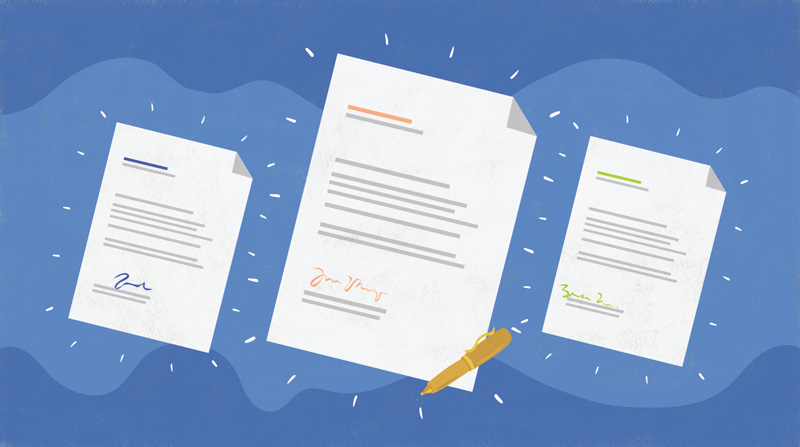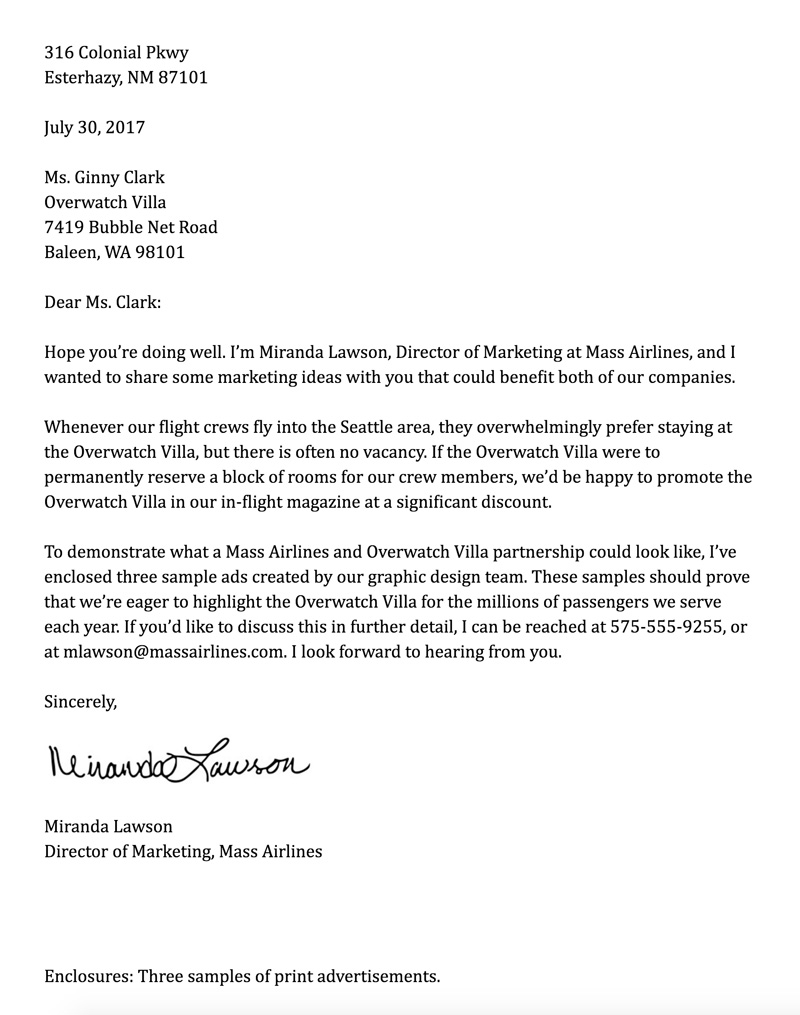Writing Skills -
How to Write a Formal Business Letter

Writing Skills
How to Write a Formal Business Letter


/en/writing-skills/being-a-professional-writer/content/

Whenever you need to communicate with another company or share important news, business letters can present your message in a classic, polished style. Unlike internal memos, business letters are usually written from one company to another, which is why they’re so formal and structured. However, letters are also quite versatile, as they can be used for official requests, announcements, cover letters, and much more.
Despite the formality, letters can still have a friendly tone, especially because they include brief introductions before getting to the main point. Regardless of the tone you use in your letter, your writing should remain concise, clear, and easy to read.
Watch the video below to learn about formal business letters.
This lesson focuses on American business letters. Letters written in other parts of the world may have minor differences in formatting.
The business letter’s precise structure is crucial to its look and readability. As you write your letter, you can follow the structure below to create an effective document.
Another important part of the structure is the layout, which determines how the text is formatted. The most common layout for a business letter is known as block format, which keeps all text left-justified and single spaced, except for double spaces between the paragraphs. This layout keeps the letter looking clean and easy to read.
As stated in Business Writing Essentials, revision is a crucial part of writing. Review your letter to keep it concise, and proofread it for spelling and grammar errors. Once you’re finished writing, ask someone to read your letter and give you feedback, as they can spot errors you may have missed. Also make sure any enclosures are attached to your document and that any hard copies are signed.
After revising the content, consider the appearance of your letter. If you’re printing a hard copy, be sure to use quality paper. Also try using letterhead to give your document a more official look.
To see this lesson in action, let’s take a look at a polished business letter by reviewing the example below.

This letter looks great! The structure is perfect, and the text is left-justified and single spaced. The body is formal, friendly, and concise, while the salutation and closing look good. It also contains a handwritten signature, which means it’s ready to be submitted as a hard copy.
Knowing how to write a business letter will serve you well throughout your career. Keep practicing and studying it, and you’ll be able to communicate in a classic style.
/en/writing-skills/how-to-write-an-effective-business-email/content/